East Side Story by Squeeze
Buy East Side Story East Side Story is the fourth studio album by Squeeze, released in 1981. The album signified a break with the band’s traditional “new wave” sound towards more divergent styles […]
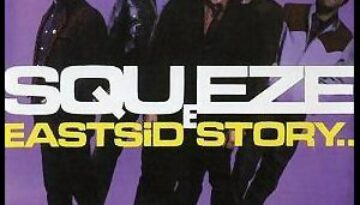
Buy East Side Story East Side Story is the fourth studio album by Squeeze, released in 1981. The album signified a break with the band’s traditional “new wave” sound towards more divergent styles […]
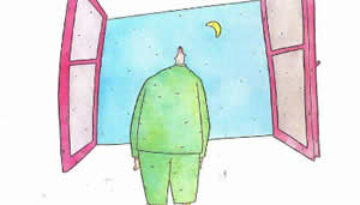
Buy Duke Duke was the tenth overall studio album by Genesis and their second since contracting to a trio. The album is made of twelve songs mainly composed by individual members of the […]
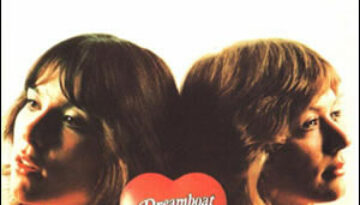
Buy Dreamboat Annie Heart, originally labeled the “female Led Zeppelin,” had an impressive debut with Dreamboat Annie. The album was appropriately released on Valentine’s Day in 1976. Produced by Mike Flicker, the album […]

Buy Dream Police Cheap Trick concluded their impressive late seventies output with their fourth studio album, Dream Police. This album follows the breakthrough success of the live album, Cheap Trick at Budokan, which […]
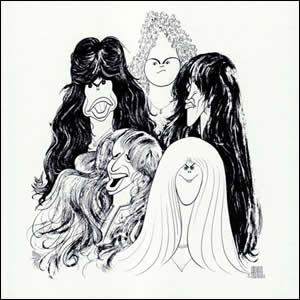
Buy Draw the Line Aerosmith‘s fifth album in 1977 came after the phenomenal success of 1975’s Toys in the Attic and 1976’s Rocks. Although the momentum continued to an extent with Draw the […]
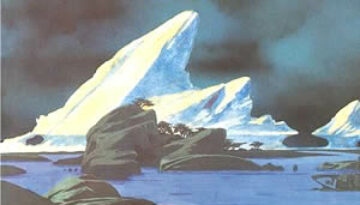
Buy Drama Yes entered the 1980s with a new lineup and a renewed compositional approach. 1980’s Drama, is the band’s tenth studio album but the first not to feature Jon Anderson as the […]
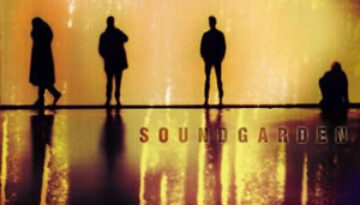
Buy Down on the Upside The climax of the group’s original success, Down On the Upside was a super-sized album by Soundgarden, one which would have been a double album in decades earlier […]
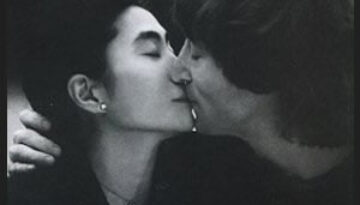
Buy Double Fantasy Released just three weeks before he was murdered, Double Fantasy was at once John Lennon‘s great comeback effort and tragic final release of his lifetime. The album was a true collaboration […]
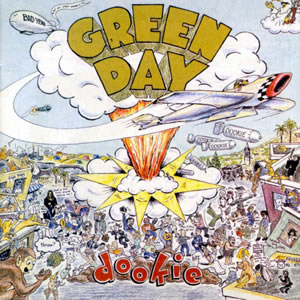
Buy Dookie Produced by Rob Cavallo, Dookie is the third overall album by Green Day and their major label debut. The album became a commercial success worldwide, driven by five hit singles, an […]
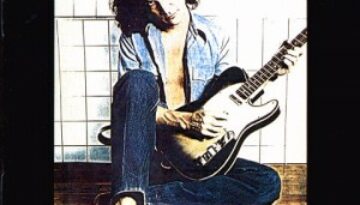
Buy Don’t Say No Bily Squier was an odd figure on the pantheon of rock. On the one hand, there is no doubt that he was a very talented vocalist with exception songwriting […]